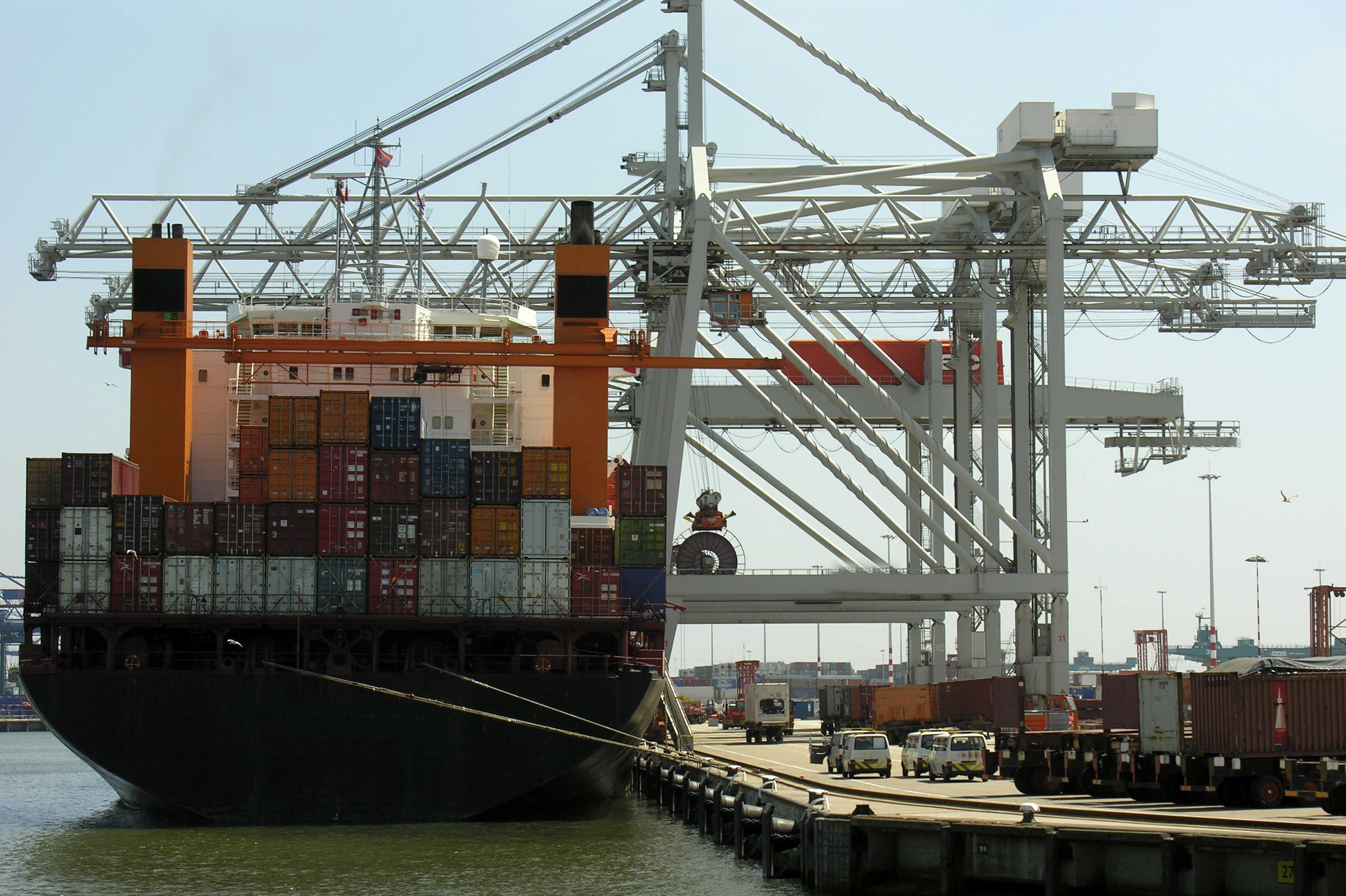In many perspectives, the US Economy is slowly roaring back to life. If there is one word we in the transportation industry passionately love to hate, perhaps even more than GRI, would be port congestion. Many in our industry point to mega ships as the industry savior as well as reason for congestions. However, with economy in the upwards trend, North American ports would probably be dealing with congestion issues today even without the onslaught of mega-ships. According to an analysis by JOC, industry experts are even going a step further and proclaiming that congestions perhaps is and was inevitable.
In an effort to propel recovery from recession, the industry looked onto mega ships for help. Ports began spending money to get their infrastructures ready for these mammoth ships. All preparations seemed to be promising. However, congestion is slowly becoming a looming headache, even to those ports that will not immediately experience regular weekly services by mega-ships with capacities of 10,000 to 18,000 twenty-foot-equivalent units. Container volumes have returned to pre-recession levels, and ports that were struggling to handle that container traffic are now experiencing the same issues that were present years ago. The growing container volumes are taxing the port and intermodal infrastructure.
The port and shipping industry as far back as 2002 knew that marine terminals, intermodal rail connectors, roadways and truck capacity were beginning to stress under growing imports from China. Industry experts at the time said that if the double-digit growth rates continued, port congestion would take place throughout North America starting in about 2009. Instead, the Great Recession hit, and volumes declined.
With 3 to 5 percent growth each year since the recession, volumes are now back to the level they were at in 2006-2007. Furthermore, shipping patterns have become more complex. Many of the carriers operate in vessel-sharing alliances, which distribute containers from as many as six different lines throughout the port complex. The model of carrier-owned chassis is now long gone. Most of the equipment is now provided by three large chassis-leasing companies. Drayage industry capacity problems, whether due to a shortage of drivers or long waits at terminal gates, contribute to congestion.
Adverse weather pattern also contributes to this saga as well. As a direct effect of global warming in conjunction with effects of El Nino, water levels are rising dramatically. Many Gulf Coast port calls had to be cancelled due to high level of water causing inadequate clearance under Harbor Bridge. Results are being felt all along the coast as a consequence of vessel re-route and port congestions.
Ports on both coasts are addressing their infrastructure inadequacies in a race against time. West Coast ports are raising the height of their cranes to 167 feet in order to work fully-loaded 18,000-TEU ships. Terminal expansion and modernization is underway, with what looks like an eventual move toward automation. East Coast ports are engaged in harbor-deepening, terminal expansion and bridge-raising projects to accommodate the mega-ships that will be transiting the enlarged Panama Canal, possibly in the second half of 2016.
It appears that the U.S. trades are settling into a period of 3 to 5 percent annual growth in container volume, on top of a large cargo base. Naturally, the added stress on the port and intermodal infrastructure is not only likely, but indeed inevitable.




